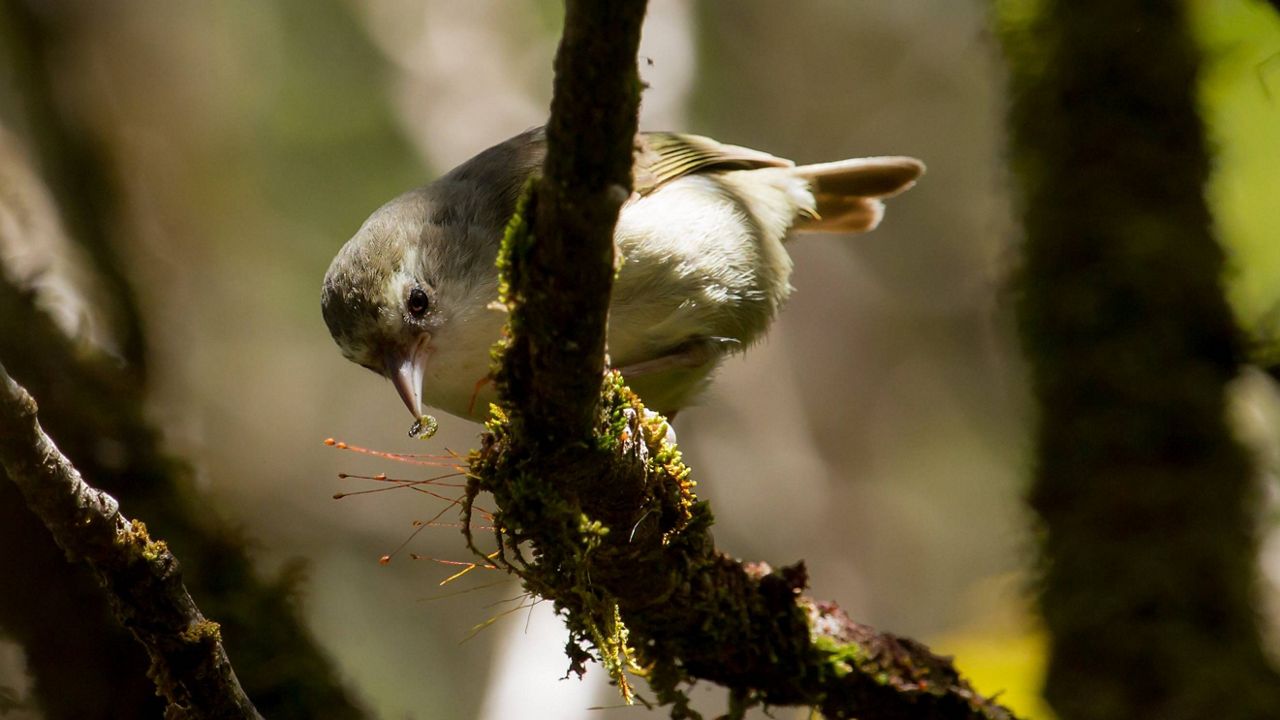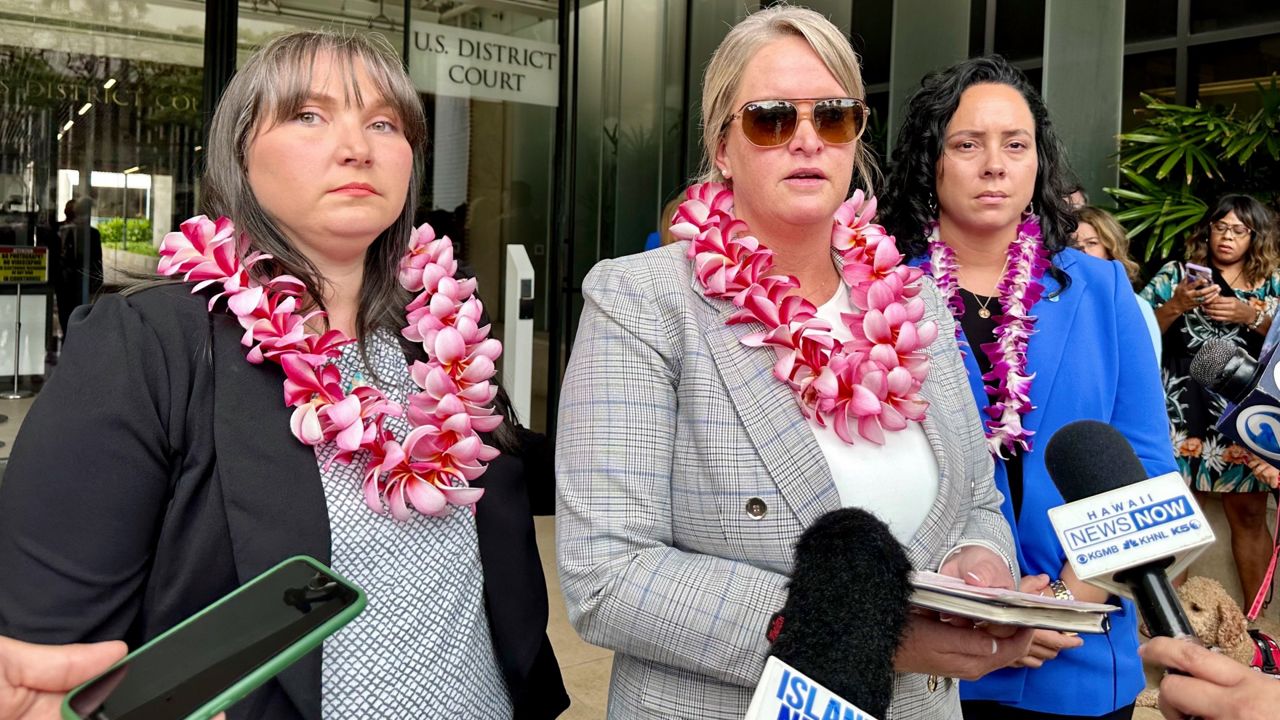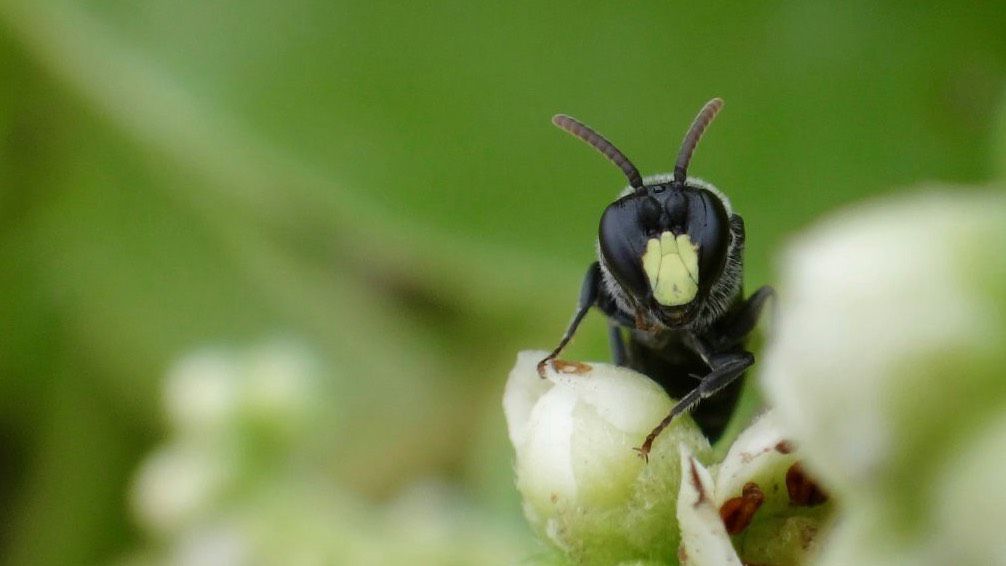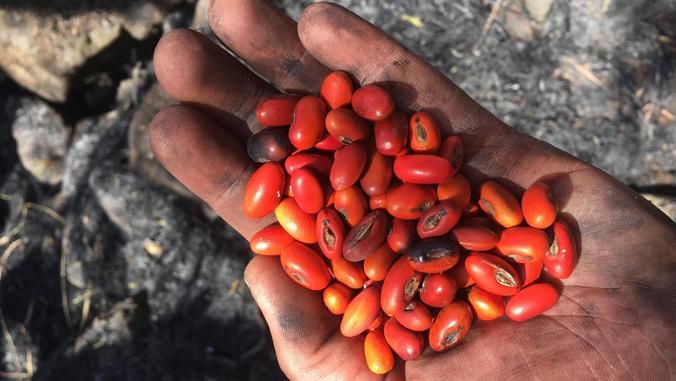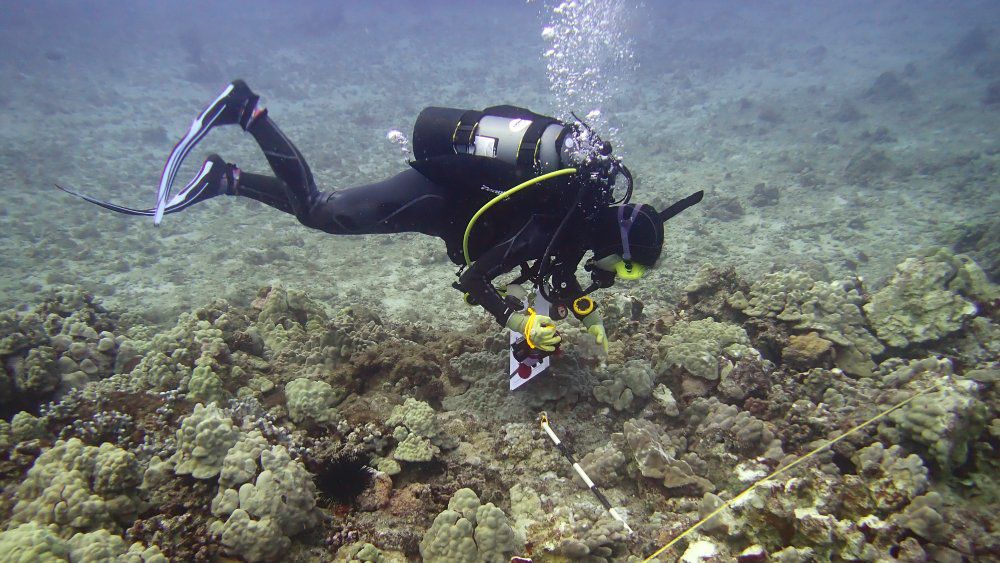A 10-day search-and-rescue mission for the last remaining akikiki, a Hawaiian honeycreeper, on Kauai led to the capture of one of the birds.
Staff from the Kauai Forest Bird Recovery Project, the Division of Forestry and Wildlife, the Maui Forest Bird Recovery Project and a bird care expert teamed up for the dire mission in Halehaha, according to a Department of Land and Natural Resources news release.
Last year, biologists discovered that the population of akikiki in Halehaha had dropped from 70 in 2015 to just five. As of June 2022, the population had further declined to just two birds — both males.
In other parts of Kauai, only 40 akikiki still exist in the wild. The main culprit is mosquitoes, which infect akikiki with deadly avian malaria — one bite can kill the birds — and the insects have been able to access higher-altitude forests with changes from climate change. The U.S. Department of Interior estimates the akikiki may go extinct by 2023 due to avian malaria.
Now, the Kauai Forest Recovery Project hopes to bring the last few birds into captivity to protect them from avian malaria.
On Sept. 2, the rescue team was able to capture Carrot, one of the two birds still in Halehaha, who was named for the orange leg band on its leg. After his capture, he was sent in a helicopter to the Maui Bird Conservation Center in Olinda, where he joined Erica, his daughter, who was brought into captivity last December during a similar mission at Halehaha.
The other bird in Halehaha is a male named Abby, who is also the offspring of Carrot, but the rescue team was unable to capture him during the 10-day mission.
The Kauai Forest Bird Recovery Project leader, Dr. Lisa Crampton, described the bittersweet moment.
“I lay awake last night thinking about Abby, the remaining akikiki at Halehaha, wondering what would happen to it, whether we would see it again, whether we'll have another opportunity to try to catch it, trying to imagine Halehaha without akikiki,” said Crampton in the news release.
Still, Crampton declared the mission a success, citing the challenges of finding the birds.
“Even when these birds were more abundant, they were hard to catch, especially at this time of year when they are not breeding so not actively defending territories and responding to playback,” said Crampton.
“Carrot is particularly important because he has a proven track record of breeding, so hopefully he can teach some valuable behaviors to akikiki born in captivity,” Crampton continued.
There are now 37 akikiki who live at the Maui Bird Conservation Center.
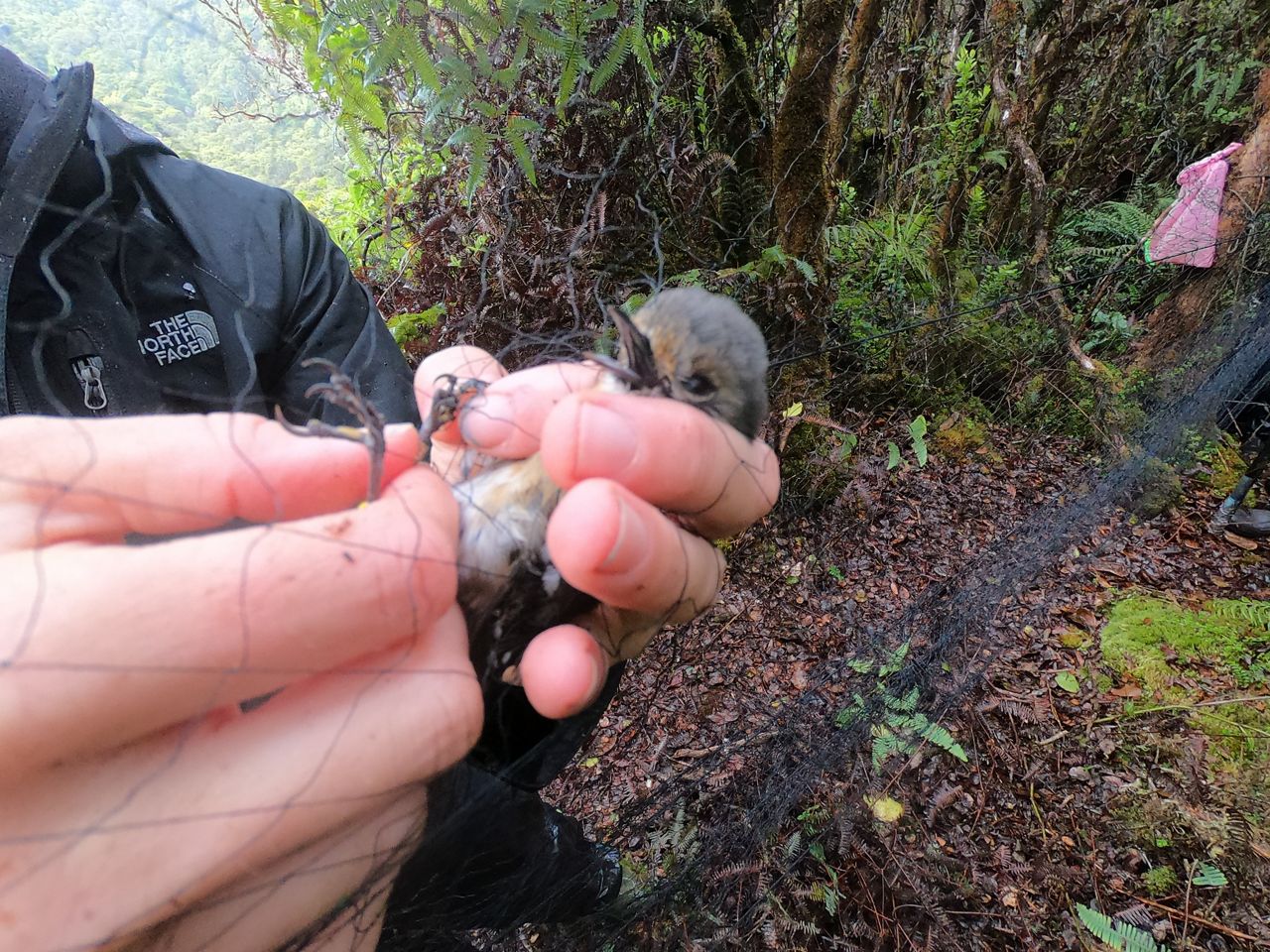
DLNR and other organizations are currently hoping a “mosquito birth control” program — called Birds Not Mosquitoes — that involves releasing male mosquitoes that can’t produce offspring will reduce their population and make it possible for the birds to survive in the wild again. Still, it will take several years for the program to begin.
“We are very excited and humbled to have the opportunity to save the last few akikiki from near-certain death in the wild and prevent the complete extinction of the species. This decision was not easy to take; when possible we prefer to leave species in the wild. But the disappearance of the Halehaha population, which used to be the most numerous one, does not bode well for the remaining birds, and so at this point, the best course of action is to protect them in captivity until mosquitoes and avian malaria are controlled on the landscape over the next few years. After the threat of disease is mitigated, we plan to release akikiki back into the wild. So, this is a temporary situation,” Crampton said.
Next year, several agencies will team up for another search-and-rescue mission for the last remaining akikiki, with the hopes of bringing them into captivity.
“The only thing more devastating than the sudden disappearance of akikiki over the last few years is realizing that the exact same thing is coming for the rest of Hawaiian honeycreepers in the very near future,” said Justin Hite, the Kauai Forest Bird Recovery Project Field Supervisor, in the news release.
Four native honeycreepers — the akikiki and akekee on Kauai, and the akohekohe and kiwikiu on Maui — are the most at risk of extinction due to avian malaria.
“I hope people want to help. Sadly, there isn’t much we can do as individuals to make a difference. The mosquitoes are out there, malaria is out there, and they are coming for the birds,” Hite added. “No matter how much recycling you do, how little carbon you burn, that won’t stop it. We hope people will support the release of incompatible male mosquitoes to drive down the population of bird-killing malaria-infected mosquitoes. This is the only conservation action that will not just help stop the impending extinction of these birds, it could even allow them to expand back out into areas they’ve already disappeared from.”
Michelle Broder Van Dyke covers the Hawaiian Islands for Spectrum News Hawaii.




